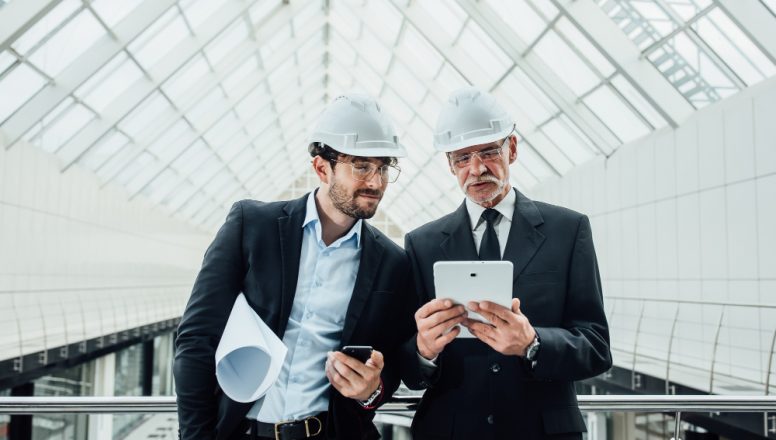If you’re buying a house, you may be wondering what does a building inspection look for exactly?
Well, a building inspection can help identify any potential problems with the property before you buy it. For example, it can detect structural integrity defects or hidden flaws the seller may have tried to cover up. An experienced building inspector will also check that the property complies with all relevant building codes and regulations.
Without an inspection, it could end up costing you a significant amount of money after you’ve already signed on the dotted line.
Why You Should Have A Building Inspection Done
The purpose of a building inspection is to identify any existing or potential problems with a home. These problems can range from cosmetic defects to serious structural issues.
Buyers typically request building inspections before purchase, but sellers, landlords, or tenants can also request one.
If you’re buying a property, it’s crucial to have a building inspection done to know what needs to be fixed before moving in.
10 Things A Building Inspection Looks For
Here are ten vital things that a building inspection will look for:
1. Inspect The Structure And Foundation
The first thing an inspector will do is look around the property, both inside and out. It includes inspecting the condition of the property’s foundation and the stability of load-bearing walls and beams for any obvious and hidden signs of damage or defects.
They will use torches, ladders, moisture sensors, radar equipment, and thermal sensors to ensure a thorough building inspection.
2. Check The Roof
The roof is one of the most important parts of the property, so the inspector will spend a lot of time checking it for any problems or damage. They’ll look for any loose or missing tiles and cracks or holes and check for any signs of leakage. They’ll also inspect the gutters and downpipes to ensure they’re in good working order.
3. Inspect The Walls
A building inspection also includes checking the property’s walls inside and out. It is to look for cracks, damp patches, sagging, or bulges. An inspector will also check the windows and doors to ensure they are adequately sealed and fit correctly and that the internal ceilings and cornices are free from defects.
4. Check The Floors
The building inspection also includes checking the floor construction, including sub-floors, and the floor covering of the property for any signs of wear and tear, dampness, or damage. An inspector also looks under the floorboards to ensure there’s no rot or other damage.
5. Inspect The Electrics
The building inspection also looks at the electrical system to ensure it’s safe and up to date. This includes checking that all the sockets are working and that there are no exposed wires. It also covers a comprehensive test of any appliances included in the sale.
6. Check For Pests
One of the most important things what does a building inspection look for is to check for any signs of pests, such as termites, borers, or rodents. A pest inspection includes a moisture reading, timber pest assessment, and borer and termite infestation pro-plans.
7. Check For Water Damage
Building inspectors will also check for signs of water damage, including detecting leaks and blockages to plumbing fixtures and conduct thorough digital moisture penetration testing.
Water damage can be caused by several things, including leaks in the roof or walls, faulty plumbing, or poor drainage around the property. In addition, it can lead to several problems, including mould and rot.
8. Plumbing Issues
The building inspection will also cover finding any plumbing issues. It includes looking for leaks, clogs, or other problems such as backflow. The assessment will also check to ensure the plumbing fixtures are in good working order.
9. Check The Property’s Compliance With Building Codes
The inspection will also check that the property complies with all relevant building codes and regulations. They’ll ensure that smoke detectors are correctly installed and that the property has the proper insulation.
10) Heating/Cooling System Defects
The inspector will also check the heating and cooling system to ensure it works properly. In addition, they’ll look for any signs of wear and tear, improper installations, and ageing systems that need maintenance or replacement.
Conclusion
So now that you know what does a building inspection look for, what happens next?
Once the inspection is complete, you’ll receive a comprehensive report that complies with Australian Standards (AS 4349.1-2007 and AS 4349.3) to ensure that real estate agents and solicitors will accept it.
The report also outlines any problems or defects with the property. It also includes photos to see the problem areas for yourself.
Are you thinking of buying a property? Well, it’s crucial to have a building inspection done to know what you’re getting yourself into.
A building inspection can save you lots of money in the long run and give you peace of mind that your new home is structurally sound.
For a free quote, contact SIBI today. We’d be happy to help you with your property purchase.
If you are looking for fit out companies in Australia then click here.









